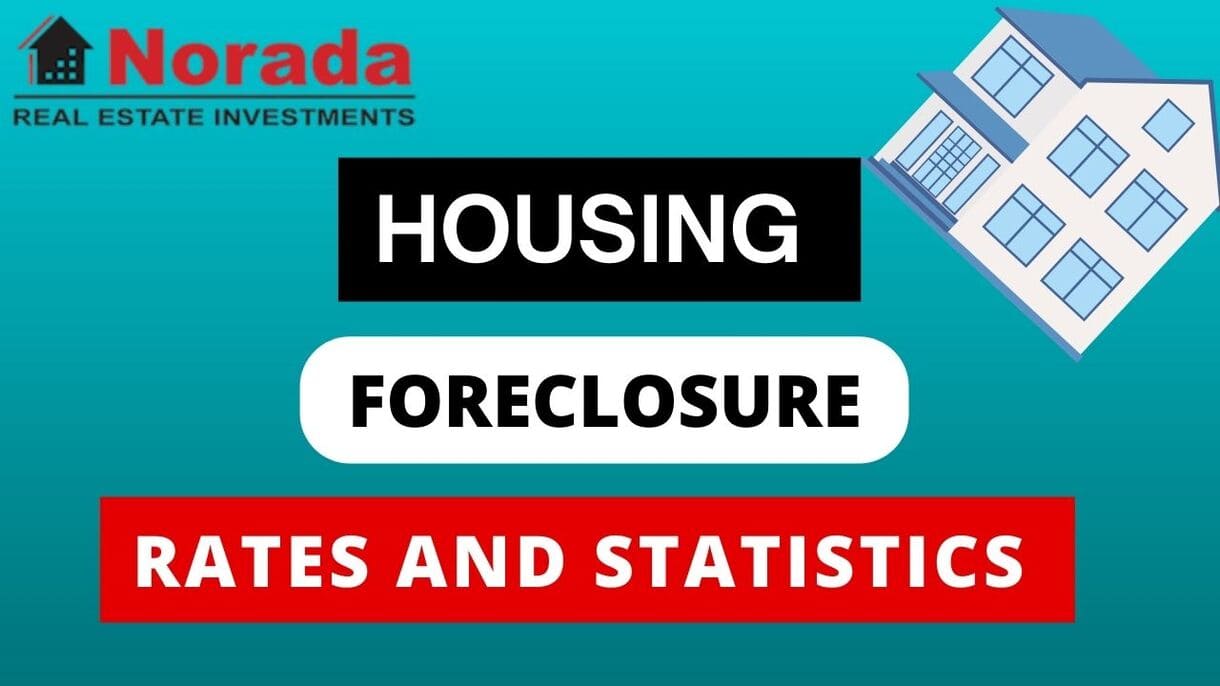The California housing market made a noticeable comeback in September, with home sales picking up momentum both from the previous month and from the year before. This rebound is a welcome sign for many, suggesting a stabilization after a period of uncertainty. The California housing market rebounds in September with a promising uptick in activity.
California Housing Market Bounces Back in September With Stronger Sales
As a real estate professional who's seen my share of market ups and downs, I can tell you that September felt different. There was a tangible shift in the air, a sense that potential buyers, who might have been sitting on the sidelines, were starting to feel more comfortable making a move. This isn't just about numbers; it's about the feeling of renewed confidence that permeates the market.
The CALIFORNIA ASSOCIATION OF REALTORS® (C.A.R.) reported that existing, single-family home sales reached a seasonally adjusted annualized rate of 277,410 in September. This is a solid 5 percent increase from August's 264,240 sales and a healthy 6.6 percent jump from September 2024's 260,340 sales. It's the highest sales level we've seen in about seven months, which is a great indicator of renewed activity.
Understanding the September Sales Surge
What's driving this comeback? A few things are coming into play. One significant factor is the slight easing of mortgage interest rates. While they haven't dropped dramatically, they’ve hovered in a more manageable range, making homeownership feel more attainable for a broader group of buyers. As Heather Ozur, a REALTOR® from Palm Springs, noted, “Even though rates have inched up a bit, they’re still in the low 6% range, which should help keep the market steady through the end of the year.” This has been crucial.
Also, after a relatively quiet summer, September often sees a natural increase in activity as families settle back into routines and a sense of urgency to buy before the holidays kicks in. However, this year, it feels like more than just seasonal timing; it's a genuine rekindling of interest.
The Price Picture: Modest Growth Amidst the Rebound
While sales are up, the median home price in California also saw a modest increase, though it dipped slightly compared to August. In September, the statewide median home price stood at $883,640. This is down 1.7 percent from August's $899,130. This monthly dip is pretty typical for this time of year, as the market often cools slightly after the summer.
However, looking at the year-over-year picture is where we see the positive trend. That $883,640 median price is 1.8 percent higher than the $868,150 recorded in September 2024. This marks the second consecutive month where prices have shown year-over-year gains, a sign of underlying strength.
From my perspective, this stabilization in prices is a good thing. It suggests that the market isn't overheating, nor is it in a freefall. It's finding a more balanced ground, which is ultimately healthier for long-term stability.
Jordan Levine, C.A.R. Senior Vice President and Chief Economist, offered some valuable insight here: “The housing market showed modest improvement in September, with both sales and prices up from a year ago. Steady mortgage rates may give demand a small boost heading into the fourth quarter, but broader economic uncertainty—like the ongoing government shutdown and renewed U.S.-China trade tensions—will likely keep the recovery gradual.” This highlights the delicate balance of factors at play.
Regional Variations: Where the Action Is
California is a state of diverse real estate markets, and September's rebound was felt differently across its regions. It's always exciting to see these variations because they tell a more nuanced story.
Looking at year-over-year sales on a non-seasonally adjusted basis, all of California's major regions saw growth. The stars of the show were:
- Central Coast: A remarkable 11.8 percent increase in sales.
- Southern California: A strong 11.3 percent increase.
- Central Valley: A solid 10.2 percent increase.
Even the San Francisco Bay Area (9.8 percent) and the Far North (8 percent) posted healthy gains, showing that the momentum wasn't confined to just one part of the state.
This regional strength is a testament to the diverse economic drivers within California. The Central Coast, for instance, often attracts buyers looking for lifestyle and vacation properties, while the Central Valley offers more affordable entry points. Southern California, a massive and diverse market, always has its own unique pulse.
At the county level, the numbers are even more striking. 40 out of 53 tracked counties saw year-over-year sales gains.
- Kings County led the pack with an impressive 46.3 percent increase.
- Calaveras County followed closely with 42 percent growth.
- Santa Cruz County also saw a significant jump of 37.9 percent.
It's also important to note where sales declined. Trinity County saw a substantial drop of 50 percent, and San Benito County fell by 23.9 percent. These outliers often point to specific local economic factors or inventory issues that are worth digging into.
Home Price Trends Across California: A Mixed Bag
When it comes to prices, most regions saw year-over-year appreciation:
- Far North: Up 2.9 percent.
- San Francisco Bay Area: Up 2.7 percent.
- Southern California: Up 2.3 percent.
- Central Coast: Up 1.2 percent.
The Central Valley was the only major region to experience a slight annual price dip, down 0.2 percent.
On the county level, the price story is also varied. Mono County saw a massive 53.4 percent increase in its median price, which can sometimes be attributed to very few high-value sales skewing the median. Other notable price gains came from Mariposa County (51.6 percent) and Del Norte County (23 percent).
Conversely, some counties saw price declines. Trinity County experienced the largest drop at 15.2 percent, with Calaveras and San Benito counties also seeing significant decreases. These figures highlight that while the statewide California housing market rebounds in September, local conditions can create very different realities.
Housing Inventory and Time on Market: A Buyers' Market Still?
One of the key metrics I always watch is the Unsold Inventory Index (UII). This tells us how many months it would take to sell all the homes currently on the market if sales continued at the September pace. In September, the UII was 3.6 months, which is a slight dip from August (3.9 months) and unchanged from September 2024.
What does this mean? Generally, a UII below 4 months indicates a seller's market, where demand outstrips supply. However, the fact that active listings have been rising for 20 consecutive months, even though the growth rate is slowing, suggests that while inventory is tight, it's not overwhelmingly restrictive for buyers.
“September marked the fifth straight month of slowing inventory growth, indicating that while supply conditions still favor buyers, momentum on the supply side is easing as the market follows its typical seasonal slowdown in the fourth quarter,” C.A.R. noted. This is a crucial point: the market is shifting, but it hasn't fully tipped into a seller's definitive advantage yet.
The time it takes to sell a home also provides insight. In September, it took an average of 32 days to sell a single-family home. This is up from 24 days in September 2024. This increase in days on market, coupled with steady inventory growth, suggests buyers have a bit more breathing room than they did a year ago. They have more time to consider their options and negotiate.
The sales-price-to-list-price ratio was 98.2 percent in September 2025, down from 100 percent in September 2024. This means that, on average, homes are selling slightly below their asking price, which is another indicator that buyers have some negotiation power.
What's Next for the California Housing Market?
The September data paints a picture of cautious optimism. The California housing market rebounds in September with sales and modest price appreciation, but there are still headwinds. Economic uncertainty, as mentioned by Jordan Levine, remains a significant factor. Geopolitical tensions and domestic policy issues can always cast a shadow over consumer confidence and, by extension, the housing market.
Mortgage rates, while currently in a better range, are always subject to change based on Federal Reserve policy and broader economic performance. A sharp uptick in rates could easily cool the nascent recovery we're seeing.
However, on the positive side, the underlying demand for housing in California remains strong. The state's population continues to grow, and the desirability of its lifestyle and economic opportunities persists. As more buyers feel confident about their financial future and the stability of interest rates, we can expect continued, albeit gradual, growth.
From my experience, the key for buyers right now is to be prepared. Have your financing in order, understand your local market dynamics, and be ready to act when the right opportunity arises. For sellers, understanding that while the market is improving, it’s not the frenzied seller’s market of a couple of years ago, is crucial. Pricing your home competitively and presenting it well will be key to a successful sale.
The September rebound is a positive step. It shows the resilience of the Californian homeowner and the inherent strength of its real estate market. While we should always be mindful of the broader economic context, this September's performance offers a hopeful glimpse into the latter part of the year and beyond.
Looking to Build Wealth Like Smart Real Estate Investors?
Norada helps you navigate volatility by connecting you with turnkey, cash-flowing rental properties in resilient markets—so you can protect purchasing power and pursue steady income regardless of short-term rate moves.
🔥 HOT NEW LISTINGS JUST ADDED! 🔥
Talk to a Norada investment counselor today (No Obligation):
(800) 611-3060
Related Articles:
- Best Time to Buy a House in California's Largest Metros in 2025
- California Housing Market Forecast 2026: Will it Crash or Recover?
- California Housing Market Rebounds Driven by Lower Mortgage Rates
- Home Prices Drop in 21 Counties in the California Housing Market
- California Leads With Most At Risk Housing Market Counties in 2025
- California Housing Market Decline: Sales Drop for 4th Straight Month
- California Housing Affordability Drops in Q2 2025 Amid High Mortgage Rates
- Is the California Housing Market Heading for a Crash or Correction?
- California Housing Market: Forecast and Trends 2025-2026
- California Housing Market Graph 50 Years
- The Great Recession and California's Housing Market Crash: A Retrospective
- California Dominates Housing With 7 of Top 10 Priciest Markets
- Real Estate Forecast Next 5 Years California: Boom or Crash?
- Anaheim, California Joins Trillion-Dollar Club of Housing Markets
- California Housing Market: Nearly $174,000 Needed to Buy a Home
- Most Expensive Housing Markets in California
- Abandoned Houses for Free California: Can You Own Them?
- Homes Under 50k in California: Where to Find Them?





